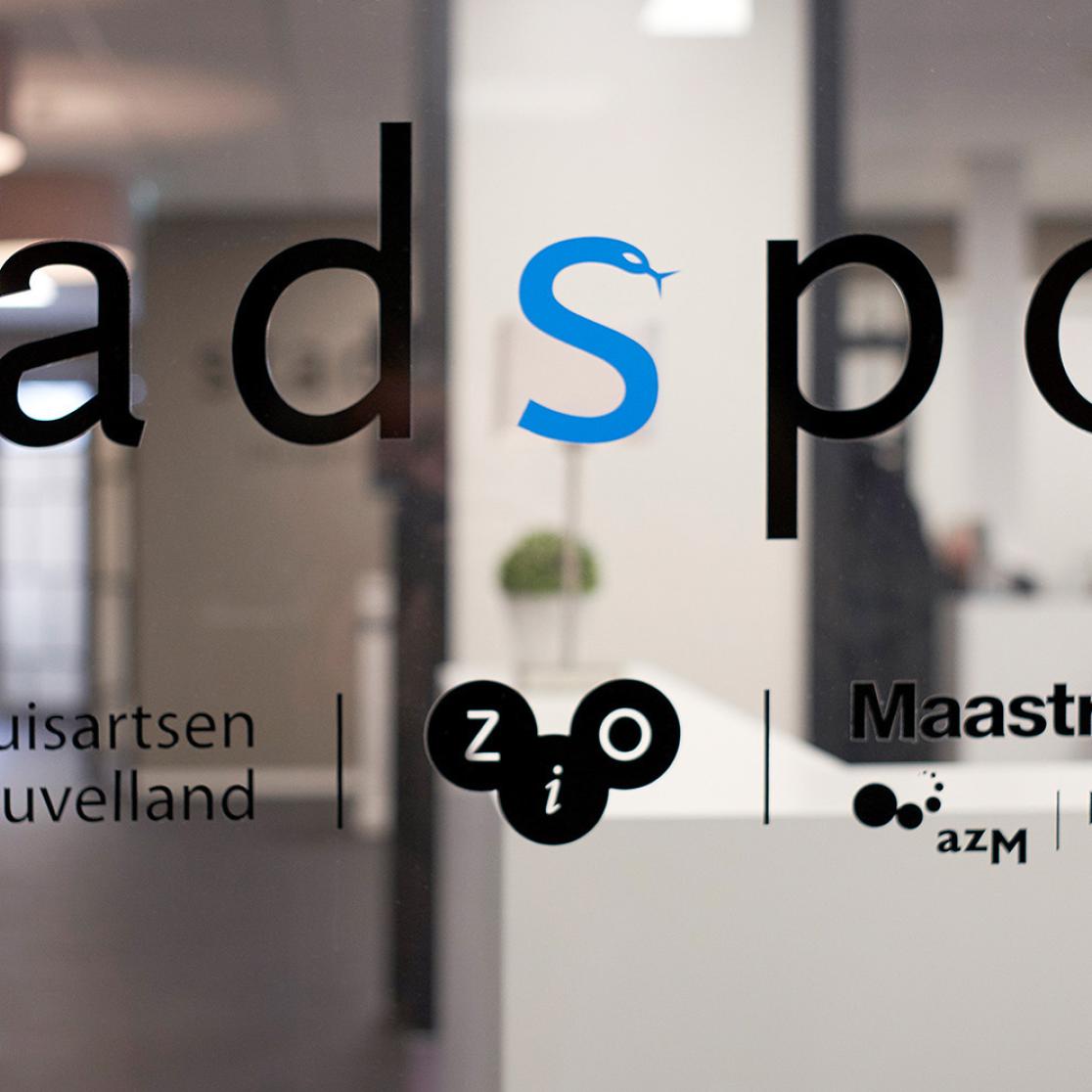Faster access to the right treatment and fewer unnecessary hospital referrals

Maastricht back clinic a proven success
Providing better, more individualised and timely care for people with lower back problems – that’s the goal of Stadspoli Rug, an outpatient clinic focused on back problems. The clinic was established in late 2016 at Stadspoli Oost, one of the locations providing health care at the interface between primary and secondary care in Maastricht. Its approach has proved successful. “Patients receive proposals for treatment more quickly, preventing many unnecessary hospital referrals. The next step is to further improve patient support and monitoring of care, supported by scientific evidence,” says Paul Willems, orthopaedic surgeon and Professor of Integrated Spinal Care at CAPHRI.
Involved research line
Lower back problems are some of the most common medical problems in the Netherlands, explains Willems. Moreover, they are the leading cause of employee absenteeism and disability. “Many productive years are lost to back pain. It has a major impact on people’s quality of life and leads to high social costs.” The problem is that care for these patients is fragmented and unstandardised. They often have to see different healthcare providers, from neurologists to psychologists, and are regularly referred back to their general practitioners. Because of this, it takes longer for them to get the right treatment plan.
Back clinic
Says Paul Willems, “Many of these patients used to come to the hospital for nothing: ninety out of a hundred patients benefited more from receiving out-of-hospital care. That’s how we got the idea for the back clinic.” The clinic has a multidisciplinary team, including an orthopaedic surgeon and a pain specialist. Each patient goes through a broad intake process that starts with an X-ray. After that, they fill in a questionnaire about their physical, psychological and social functioning on an iPad. A nurse practitioner checks with the patient whether there are reasons to believe they may be suffering from osteoporosis, a tumour or a rheumatic condition. The patient then sees a medical specialist who takes a standardised medical history and does a physical exam. If an MRI is indicated, the patient gets a follow-up appointment after that to determine the treatment plan.
Treatment plan
This approach results in a clear understanding of what the patient needs. They often need treatment from a physiotherapist or primary-care psychologist. Other options include lifestyle advice, painkillers, or a referral to a pain specialist or a physical medicine and rehabilitation physician. “This triage process is solid and works very well. People get the right type of care more quickly. It’s a good example of what we call ‘Blue Care’, better care at lower costs. This is how we keep the majority of these patients from needing hospital care, which is more expensive. The next step is to further improve the quality of care and support.”
Involved partners
- Maastricht UMC+
- Huisarten Maastricht-Heuvelland
- ZIO
Information
This starts with devoting more time to informing patients in order to increase their understanding of their condition and self-management, using tools like eHealth. Specific physiotherapists will also treat patients according to specific guidelines and monitor the effects of these treatments. This, combined with the information collected at the intakes, will gradually result in an increasingly clear picture of which type of care works best for which type of patient. “It will allow us to develop patient profiles and focus much more on the effectiveness of treatment plans. This is how we’re working towards personalized medicine.” It’s also important to increase contact with general practitioners: “In primary care, there are more interactional moments when patients can be provided with information.”
Research
The back clinic has been the subject of CAPHRI research from the start. Researchers have already observed significant hospital cost savings since the clinic was established. The personalized medicine approach also requires treatment effects to be monitored and all available patient data to be analysed. “To do so, we’re working together with companies such as Medtronic, a company that specialises in data management.” According to Paul Willems, CAPHRI possesses a lot of expertise with regard to improving patient care and support.[MB1] As an example, he cites its expertise in the area of shared decision-making. “We’re working with experts to standardise and improve doctor-patient conversations about treatment plans. We’ve received a grant to develop a tool to improve patient communication and the resulting treatment choices.”
Societal relevance
The societal relevance of this research is clear. Both patients and society will benefit if the back clinic leads to more timely, more effective and less expensive care. “Ultimately, we have to be able to demonstrate through research whether this way of working actually prevents people from dropping out of the workforce. We’re currently setting up that research. It will obviously require a lot of data, so it’ll probably take us a few more years to reach a definitive conclusion.”
Text: Karin Burhenne
Translation: Maud Bovelander
